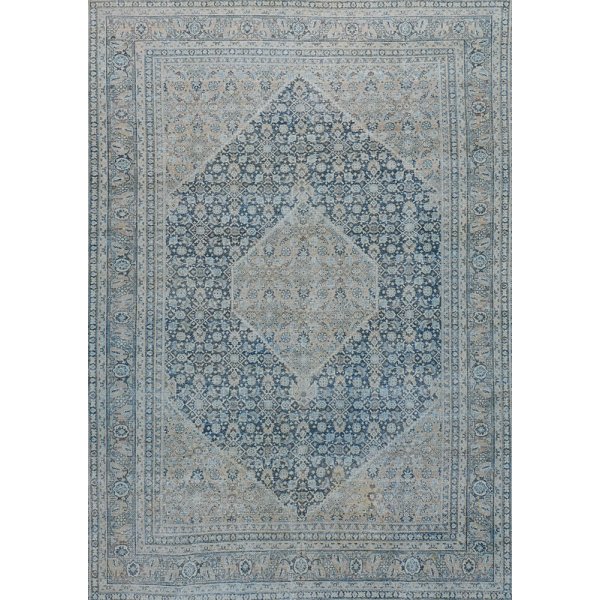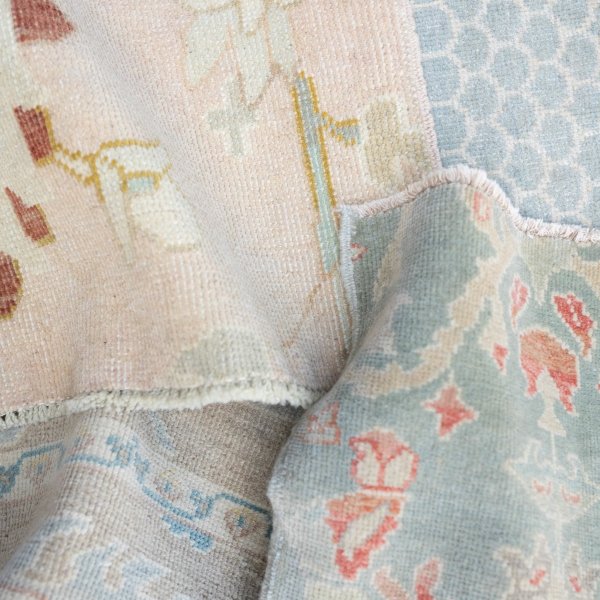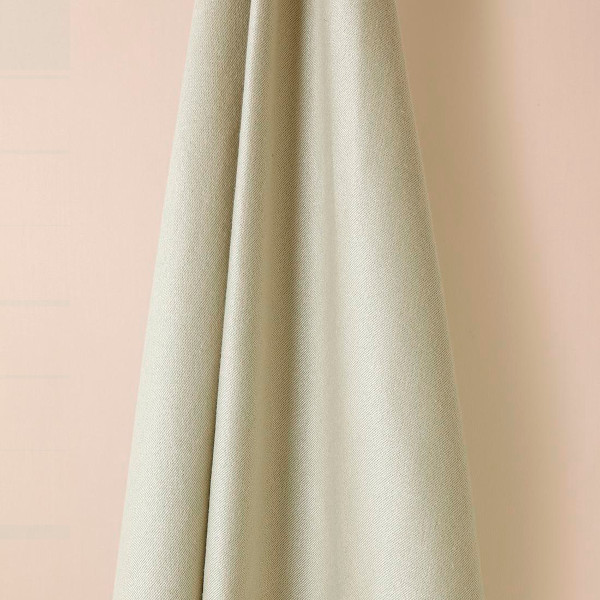On Rug Value and Cost: A Short Primer on Pricing
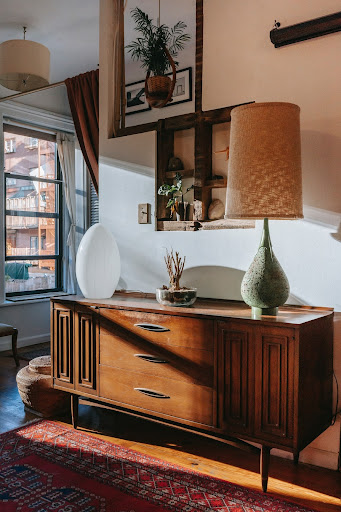
Ask anyone who knows a thing or two about interior design: the right rug can completely change a room by tying together and anchoring the different elements of furniture, lighting, and art. Whether it’s the living room, dining room, or entryway, the style and color of the rug that you choose will depend on many factors such as personal taste, traffic, color scheme, and, of course, budget. If you are in the market for a rug that will bring that special something to your room, you may have noticed that the price range for area rugs varies widely. Here, we will explain how rug prices are determined so that you can make an informed decision on your next rug purchase, whether you're looking for a rare and expensive rug or something budget-friendly and durable to brighten up your den.
Rug Construction
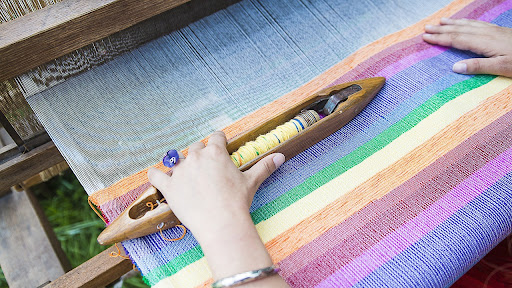
Generally, there are two different types of rug construction: handwoven or machine-made. (There are, of course, several different ways to make a handwoven rug, each method requiring a different amount of time and skill level.) Machine-made rugs are much cheaper than handmade rugs because there is much less labor involved. A handwoven rug can take a skilled weaver anywhere from weeks to years to complete, while a machine can make a rug in a matter of hours. It only makes sense then, that rugs made by machines have a much lower price point than those made by hand by skilled weavers.
Rug Material

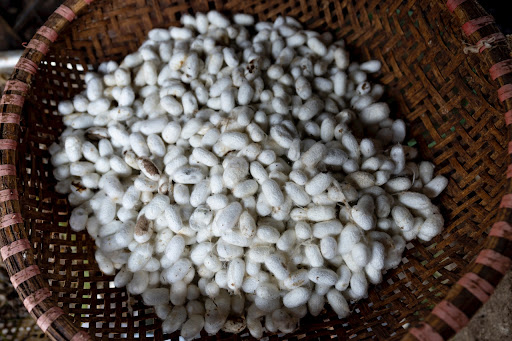
Material is a big factor when it comes to determining the price of a rug. Generally, rugs made from natural fibers are more expensive than synthetic rugs. Silk and wool are among the most durable types of rugs available, making them worth the extra money. Wool rugs are also prized for their antimicrobial properties. Other types of natural fiber rugs, including sisal, seagrass, jute, and cotton rugs, are slightly less expensive than silk or wool.
Finally, rugs made from synthetic fibers are the least expensive. Polypropylene or olefin rugs are among the most popular types of rugs made from synthetic materials. It should be noted that synthetic rugs do not last as long as natural fiber rugs, so they will have to be replaced more frequently, especially in high-traffic areas. They are also more difficult to keep clean, even with frequent vacuuming.
Rug Country of Origin
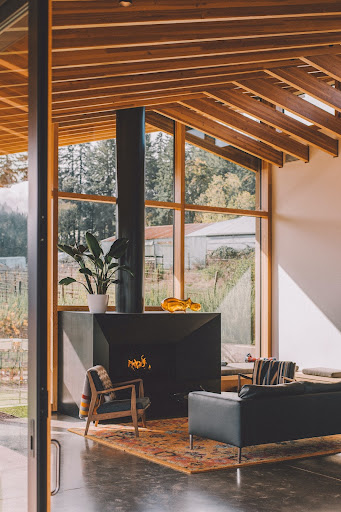
Rugs come from countless regions of the world, where some workers have been perfecting their craft for generations. Since costs of labor differ from country to country, this affects the price of rugs. Because many rugs made in China are machine-made by less-skilled workers, they tend to be less expensive. On the opposite end of the spectrum, high-end rugs made by highly skilled Iranian or Moroccan weavers come with a much higher price tag.
When it comes to handmade rugs, the design of a rug is often an indicator of where it was made. It's common to refer to “Persian rugs” or "Oriental Rugs," but these are general categories, as there are many, many different styles and types of rugs that make up this larger category, including Gabbeh, Kerman, Bijar and Esfahan, to name a few.
Rug Knot Count
When we are talking about “knot count” in rugs, we mean how many knots per square inch (KPSI) the rug contains. Generally, a denser rug with a higher knot count costs more money and has a finer level of detail in its design.
Rug Size
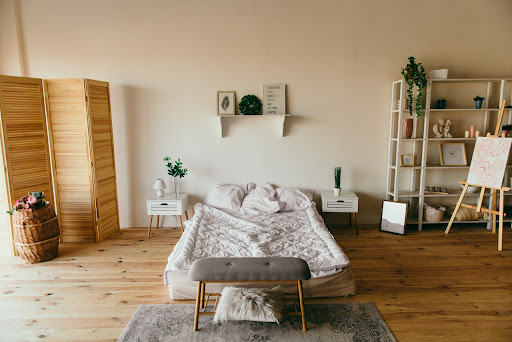
It’s kind of a no-brainer, but rug size is another factor that determines the price. Rugs are priced by the square foot, so smaller rugs will tend to cost less than larger ones — all other features and factors being equal.
Antique Rugs
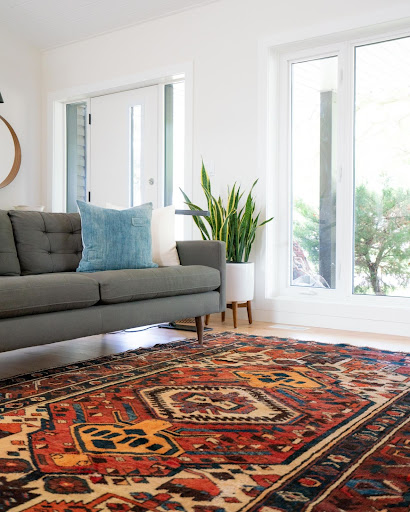
Rug making is an ancient craft, with the oldest rug ever found dating back to the 5th century B.C. Today, antique rugs are a very popular trend in home decor and antique rug costs depend on many factors, including market demand (how much people are willing to pay), rarity, age, the dyes used, the quality of materials, design, condition, and size. Antique rug designs vary from region to region, and rugs from some places and time periods may be more desirable than others.
Rug shopping can be overwhelming, and the process is a lot easier if you understand how different types of rugs are valued. If you are looking for high-quality rugs, including antique and antique-inspired designs, as well as modern and original designs, Matt Camron offers a wide selection of luxury rugs and tapestries that are handmade by skilled artisans from around the world.
You cart is empty. Shop now
